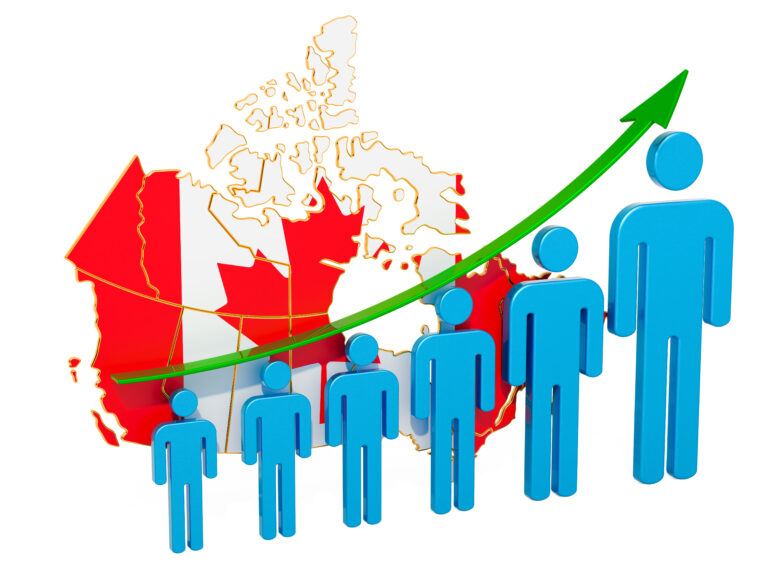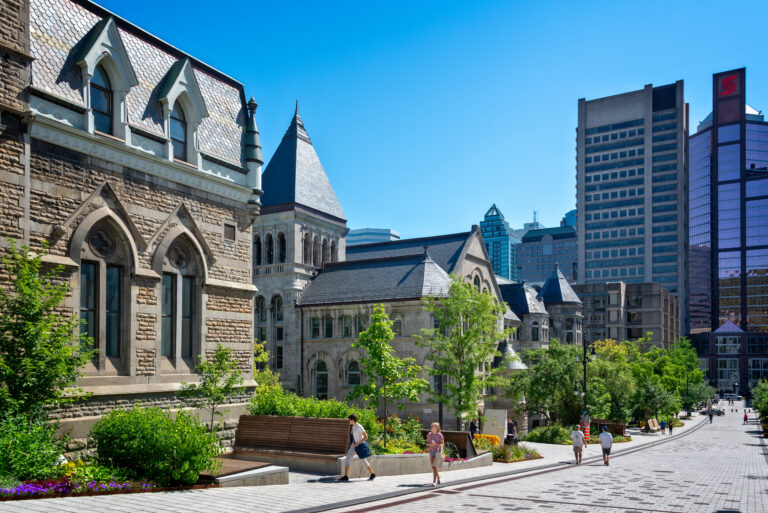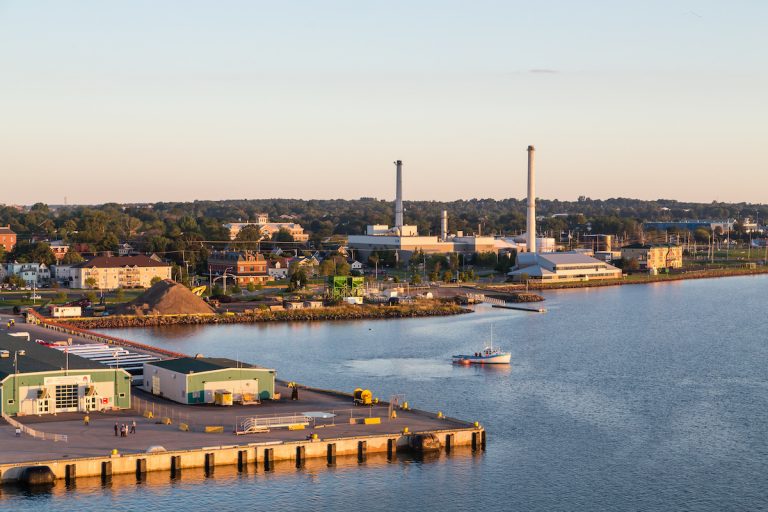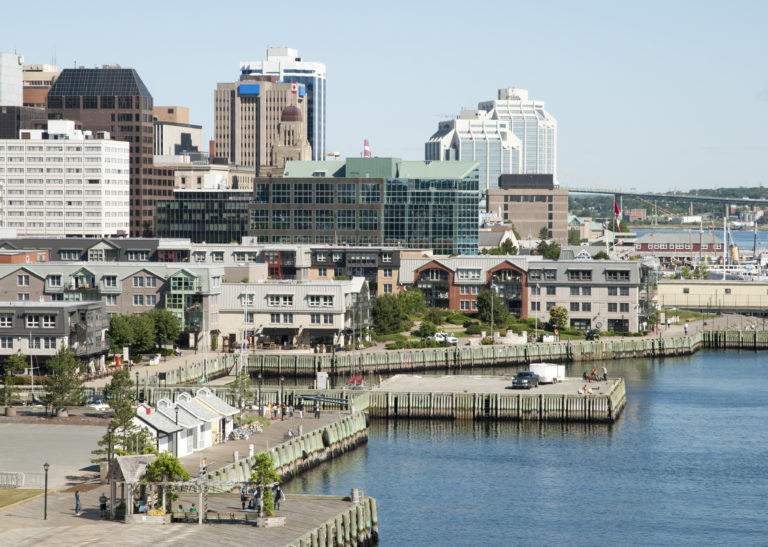The Pearson Test of English (PTE Core) is not currently being accepted by the British Columbia Provincial Nominee Program (BC PNP), despite Immigration, Refugees and Citizenship Canada (IRCC) having officially included it in its list of approved language proficiency tests.
On January 30, IRCC announced that the PTE Core is eligible for all Canada work and visa applications except for the Student Direct Stream (SDS).
The first of the PTE Core tests can be taken from February 12, joining the CELPIP and IELTS tests in the list of accredited English proficiency tests for economic immigration to Canada through the federal Express Entry-related programs.
However, the BC PNP has announced that it does not yet accept them.
The tests currently accepted by the BC PNP are:
- International English Language Testing System (IELTS) General Training
- Canadian English Language Proficiency Index Program (CELPIP-General)
- Test d’evaluation de francais (TEF)
- Test de connaissance du francais (TCF)
Read More Canada Immigration News
Trilingual Hotline Set Up For Ukrainians In Canada To Get Legal Help
Quebec Issues 1,034 Canada Immigration Invitations In New Expression Of Interest Draw
Quebec Sues By McGill University Over Tuition Fee Hikes For Out Of Province Students
The WelcomeBC website did highlight, however, that the province will likely begin accepting the PTE Core in fall 2024.
What is the PTE Core?
PTE Core is a new addition to the umbrella of Pearson Test of English, highly mirroring PTE Academic in its structural framework and content inclusions.
Its two-hour duration is solely confined to the computer, taken at a test center that assesses four key English language skills: speaking, listening, reading, and writing.
It differentiates itself from its Academic counterpart by being relevant for the vocational test taker, designed with a real-life, non-academic focus.
“It was created to meet Canada’s specific migration needs and the IRCC’s language proficiency requirements but could be used to assess the English proficiency of vocational test takers in any country,” according to the Pearson website.
The test was instituted as a substitute for the previous PTE Essential, which had received IRCC approval last year.
Watch Video
Why Was the PTE Core Created?
Pearson’s website reads that the Core was created in response to Canada’s economic migration needs in 2024 and beyond.
The country’s immigration levels plans, in combination with Canada’s support for family reunification and refugee protection, require a test like the PTE Core to be introduced.
The test, in fact, arrives at a “good time” for test takes, considering Canada’s high demand for professionals in nursing, engineering, and web development.










